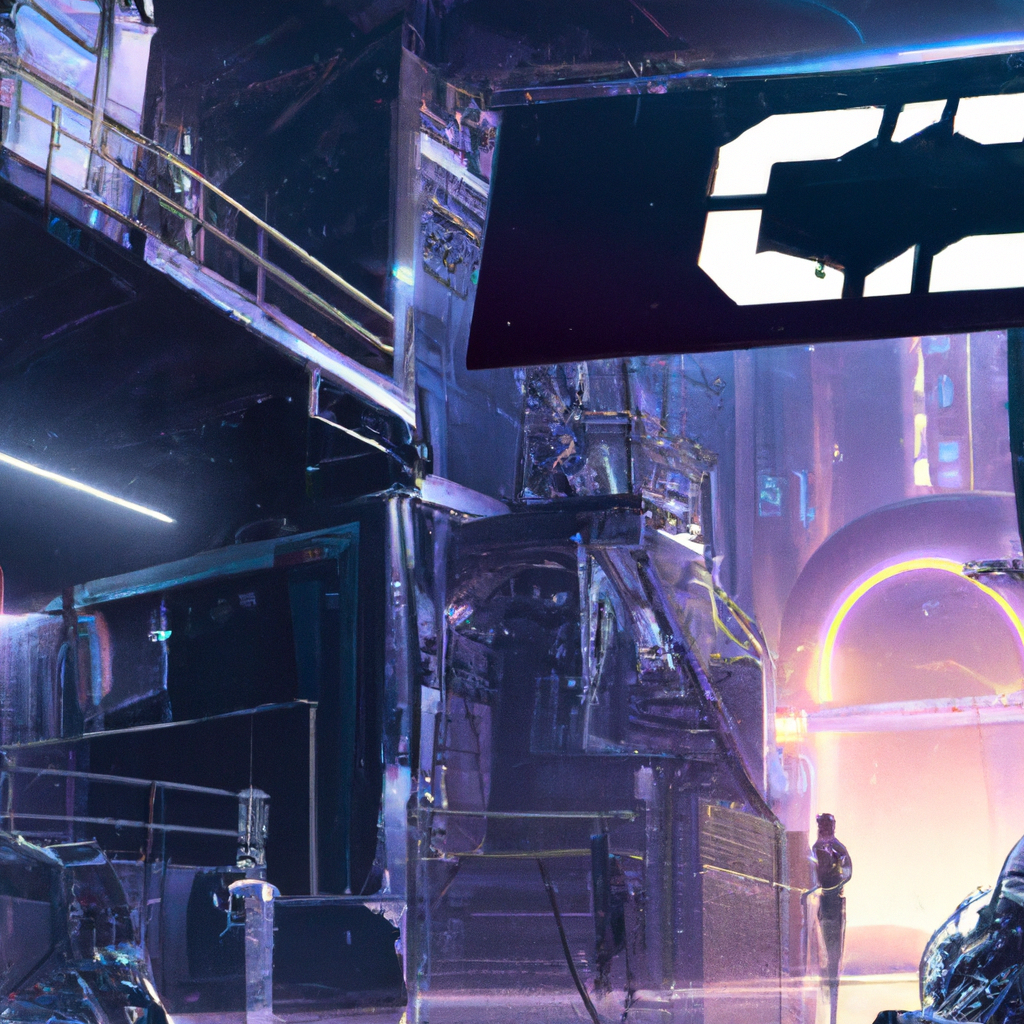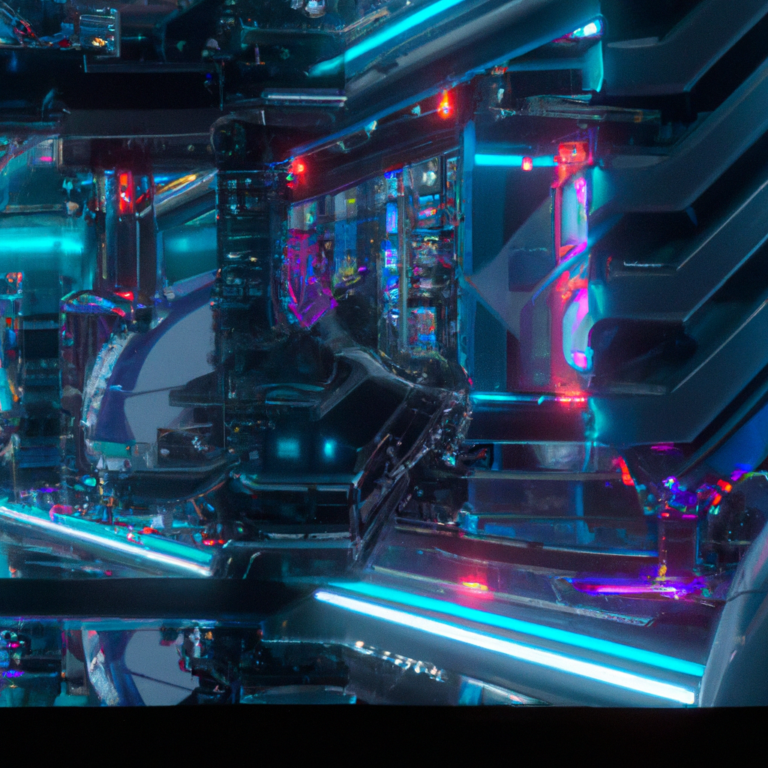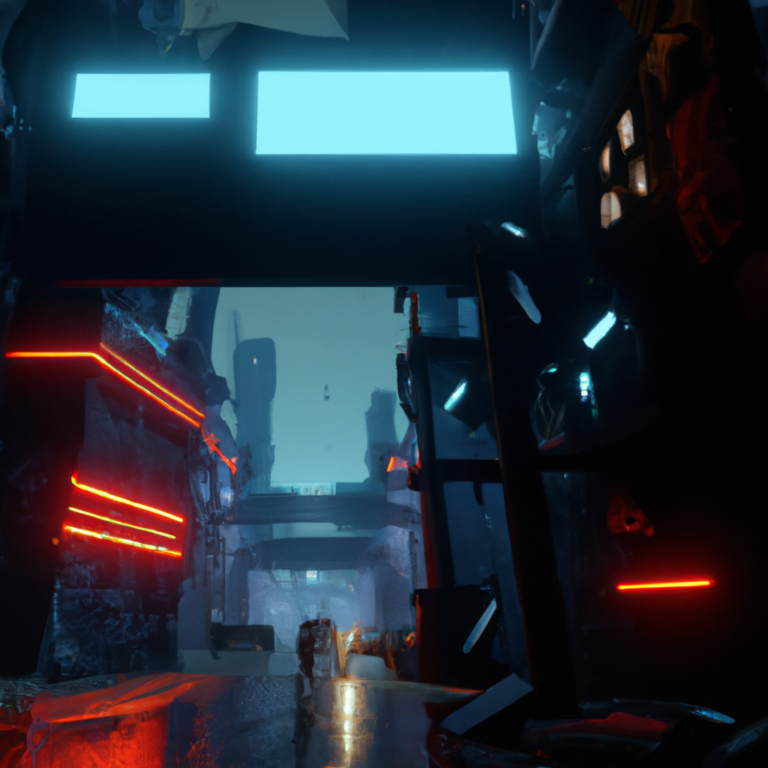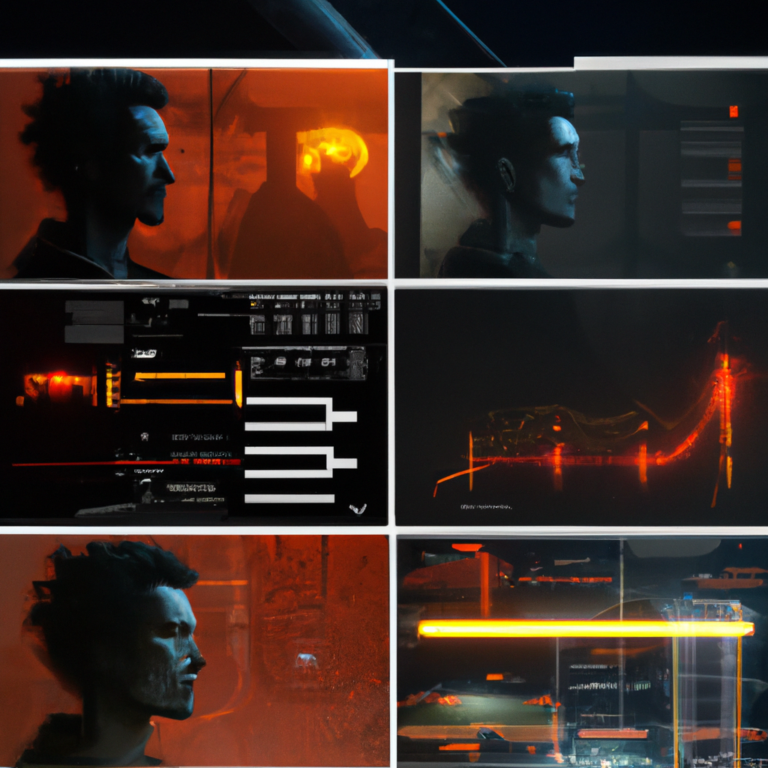“Mastering the Art of AI-Driven Game Characters: A Comprehensive Guide”
Artificial Intelligence (AI) is revolutionizing the gaming industry by allowing developers to design incredibly realistic game characters that exhibit human-like thinking and decision-making abilities. These AI-driven characters, also known as Non-Playable Characters (NPCs), offer an immersive gaming experience with dynamic interactions and realistic reactions to player actions. In this blog post, we will explore the essential steps involved in creating AI-driven game characters.
1. Define the character traits and behaviors:
The first step in creating AI-driven characters is to identify their unique traits and behaviors, such as their appearance, personality, goals, and abilities. This will provide a solid foundation for designing the AI model that drives the character’s actions and decision-making processes.
2. Design a suitable AI model:
Once you have a clear understanding of the game character’s traits and behaviors, it’s time to design an appropriate AI model. There are several AI techniques and algorithms available, depending on the complexity of the game and the desired level of interaction. Some popular AI models in game development include Finite State Machines, Behavior Trees, and Utility Systems.
3. Implement pathfinding and navigation:
Pathfinding and navigation are crucial elements of an AI-driven character, as they help the character to move around the game environment and reach their goals. A common algorithm used for pathfinding is A* (A Star), which allows the character to find the shortest path between two points while considering any obstacles in the environment.
4. Create a sensory system:
In order to react realistically to the game environment and the player’s actions, AI-driven characters should have a sensory system that enables them to ‘perceive’ their surroundings. This system may include sight, hearing, touch, and other senses, depending on the character’s abilities and requirements. The sensory system should be designed to gather information about the environment and other game characters, which will then be processed to inform the character’s actions and decision-making.
5. Develop decision-making capabilities:
One of the essential features of AI-driven game characters is their ability to make decisions based on the information gathered through their sensory systems. These decisions should reflect the character’s traits, goals, and the current situation in the game environment. This can be achieved through various AI techniques, such as decision trees, rule-based systems, or machine learning algorithms.
6. Implement dynamic learning:
Integrating dynamic learning into AI-driven characters allows them to adapt and evolve over time, based on their interactions with the player and other characters in the game. This can lead to a more engaging and unpredictable gaming experience. Machine learning techniques, such as reinforcement learning, can be used to enable characters to learn from their actions and experiences, and improve their decision-making processes over time.
7. Optimize performance and resource management:
AI-driven game characters can be resource-intensive, particularly in terms of processing power and memory usage. It is essential to optimize the AI model, algorithms, and execution to ensure smooth gameplay and efficient resource management. This may involve optimizations such as level-of-detail (LOD) techniques or restructuring the AI architecture.
8. Test and iterate:
Creating AI-driven game characters is an iterative process that involves continuous testing and refining. Test your characters in various game scenarios and environments to evaluate their performance, behaviors, and interactions. Analyze the results and make any necessary adjustments to the AI model or algorithms to improve the character’s realism and ensure a seamless gaming experience.
In conclusion, creating AI-driven game characters is a complex and exciting process that involves various AI techniques and algorithms. By following these steps and focusing on realistic character traits, behaviors, and interactions, game developers can create immersive and engaging game experiences for players to enjoy.






